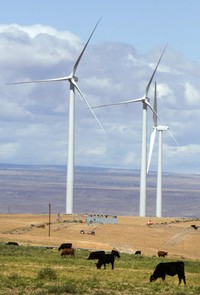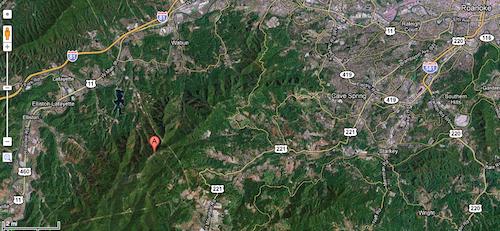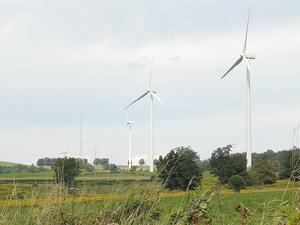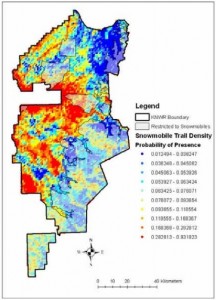Ontario is definitely at the heart of current controversies over wind farm siting. While an environmental tribunal ruled against a health-based appeal in July, allowing the 8-turbine Kent Breeze Wind Farm to continue operating, many of the same issues will soon be argued in court. A local family that lives just over 1.1km (just under three quarters of a mile) from the nearest Kent Breeze turbine has filed suit against three companies behind the project, saying that since the wind farm went operational in May, they’ve suffered from vertigo, nausea, and sleep disruption, and more to the point, that the developers knew this could happen.
“Within two weeks of them starting up I was in the emergency. I was dizzy and unable to stand. I was given medication and it has been four months and it hasn’t gotten better. I get motion sickness and light headed,” said Lisa Michaud. “At night I’m afraid to lie down because of the constant vibration and spinning.”
At the heart of the court case is the claim that the possibility of health impacts is known to exist, and indeed, parts of the report from the tribunal appeal which lost last month are called on to affirm this:
“This case has successfully shown that the debate should not be simplified to one about whether wind turbines can cause harm to humans,” the Environmental Review Tribunal stated in a report on the Kent Breeze project. “The evidence presented to the tribunal demonstrates they can, if facilities are placed too close to residents.”
In essence the Tribunal ruled that existing Provincial siting rules are sufficient to meet the threshold it imposed; these rules call for at least a 550m setback from homes, about half of what the family filing suit is living with. As reported in detail on AEInews at the time, the Tribunal report is a fascinating overview of the current state of the wind farm noise issue, with long summaries of expert testimony from both sides. The tribunal, while affirming the value of ongoing research into health effects and the nature of wind farm noise, ruled that the more cautionary evidence remained “exploratory,” rather than “conclusive,” and set a threshold for ruling that would require that the wind farm “will” cause “serious harm.” Short of that, the Tribunal ruled that it could proceed. It seems likely that the court will be asked to review much of the same conflicting testimony; I am not sure whether the legal thresholds are different there than in the Tribunal process.
Meanwhile, the wind boom in Ontario has become a key issue in the current provincial election campaign, with both the candidates taking opposite stands and citizens speaking against current siting standards province-wide. Since the current Liberal government sponsored the Green Energy Act and its current standards, much of the opposition takes a decidedly conservative edge, often including opposition to government support for renewable energy in general and wind energy in particular. It certainly goes far beyond noise concerns for many of the most vocal opponents, with health impacts joining more generally conservative principles in arguments being made. One woman who has had to move from her home recently told a rally that the Liberal government is “denying” the health impacts of turbines and “ignoring” the people who are suffering. “People just aren’t going to sit back and take it anymore…We’re going to have your government so low, so low, so low, you’re not going to get elected. It’s as simple as that.”
Meanwhile, Liberal candidates including current leader Dalton McGuinty note that the standards are among the world’s most precautionary, and refer to a 2010 provincial report that focused on direct health impacts: “I rely on our chief medical officer of health here in Ontario to tell us what’s safe for our families,” McGuinty said Thursday. “What we have heard, of course, is doctors [and] nurses for 20 years now, they’re saying you got to shut down coal-fired generation in Ontario.”





